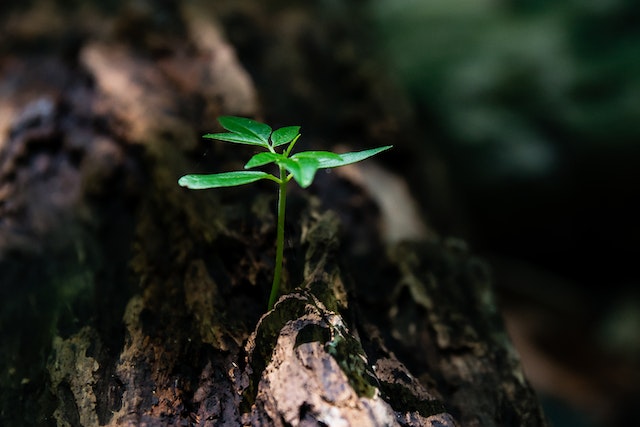In the ever-intensifying race to conquer the final frontier, Russia has set its sights on the Moon, launching a series of ambitious space endeavors that hold the promise of unlocking new scientific frontiers and shaping the future of lunar exploration.
Russian space agency Roscosmos has been spearheading a range of missions aimed at deepening our understanding of Earth’s celestial companion. These efforts highlight Russia’s determination to cement its place among the leading space-faring nations and leave an indelible mark on humankind’s extraterrestrial journey.
At the forefront of Russia’s lunar pursuits is the Luna-26 mission, scheduled for launch in August. Luna-26 represents a significant milestone in Russia’s space program, as it seeks to explore the uncharted territories of the Moon, including the enigmatic lunar south pole. By investigating this region, the mission aims to unravel the mysteries surrounding water ice and the Moon’s geological evolution.
To achieve its scientific goals, Luna-26 will be equipped with state-of-the-art instruments and technology. Advanced spectrometers, seismometers, and ground-penetrating radars will enable scientists to study the lunar subsurface, searching for valuable resources and potential habitats for future human missions. The mission also aims to demonstrate new technologies, such as autonomous rovers and resource utilization techniques, paving the way for sustainable lunar exploration.
Collaboration has become a cornerstone of space exploration, and Russia recognizes the importance of international partnerships. Through collaborative efforts with space agencies like NASA, ESA, and JAXA, Roscosmos is fostering cooperation and knowledge-sharing. Such alliances enable a collective pooling of resources, expertise, and data, propelling the progress of lunar exploration while fostering goodwill among nations.
However, the race to the Moon is not without its challenges. Technical hurdles, logistical complexities, and safety considerations loom large over these missions. Russia’s commitment to meticulous planning, stringent safety protocols, and the development of cutting-edge technology will be pivotal in ensuring the success of their lunar ambitions.
While Russia’s space program showcases its scientific and technological prowess, it also raises questions about the geopolitical implications of its endeavors. As nations vie for supremacy beyond Earth’s borders, it is crucial to maintain open channels of communication and foster an atmosphere of international cooperation. Transparent collaboration can help navigate potential tensions and build mutual trust among space-faring nations.
Russia’s latest space endeavors are not just about planting a flag on the Moon but about pushing the boundaries of human knowledge and expanding our understanding of the universe. These missions symbolize humanity’s ceaseless curiosity and unwavering resolve to explore the unknown. As Russia gears up for the Luna-26 launch, the world watches with anticipation, recognizing the significance of this bold step towards unraveling the Moon’s mysteries.
Beyond the scientific advancements and geopolitical considerations, the race to the Moon serves as a source of inspiration for generations to come. It ignites dreams of a future where humanity’s reach extends beyond our home planet, where the Moon becomes a stepping stone to even grander cosmic achievements.
In this exhilarating era of space exploration, Russia’s latest space endeavors epitomize the human spirit of adventure, discovery, and unwavering curiosity. As they strive to leave an indelible mark on the lunar surface, Russia beckons us to look to the stars and dare to dream of the limitless possibilities that await us.










